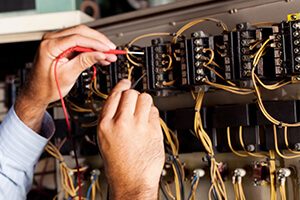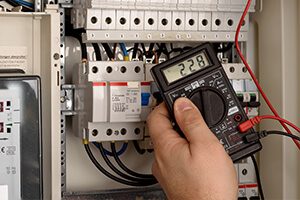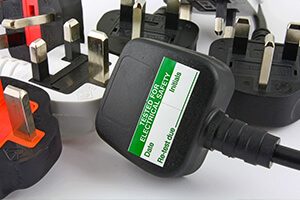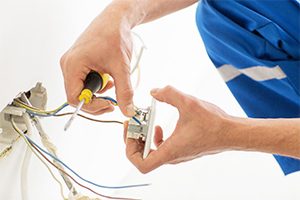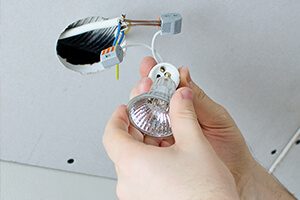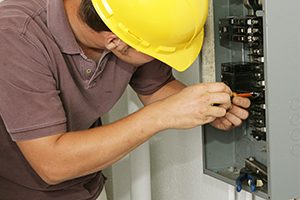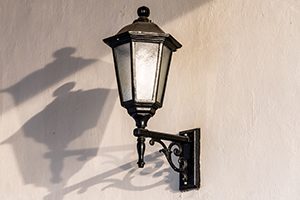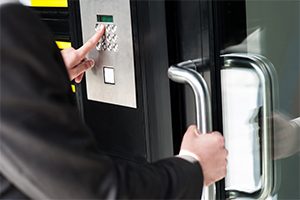Call or complete our online form to arrange a FREE no obligation quotation from one of our heating sales advisors. Call on 01273 723600
Electrics On-Tap: Electricians Brighton, East Sussex
Electrics On-Tap is Brighton and Hove’s leading domestic electrical services company providing electrical installation, testing and repair services to homeowners, tenants, letting agents and landlords. As part of On Tap Property Services Limited, our customers know that the unsurpassed quality of our work is due to the highly professional work ethic of our staff.
Electrical Services / Client Feedback
No job is too small, and, as the feedback on our site shows, Electrics On-Tap customers know that they can rely on us to provide reasonably priced, high quality work that complies with all the latest industry standards regarding electrical safety. The high rating awarded to us by checkatrade.com, the independent ‘rogue traders’ watchdog, confirms that our reputation for quality and professionalism is well deserved.
Greater Brighton & Hove Area
No job is too small, and, as the feedback on our site shows, Electrics On-Tap customers know that they can rely on us to provide reasonably priced, high quality work that complies with all the latest industry standards regarding electrical safety. The high rating awarded to us by checkatrade.com, the independent ‘rogue traders’ watchdog, confirms that our reputation for quality and professionalism is well deserved.
Book a Brighton based Electrician
If you’re based in or around Brighton and Hove and would like advice or information on any electrical work that you’re considering having done, however small, just give us a call. We’ll be happy to advise you and can provide you with a free estimate for any work. Our friendly and helpful staff are standing by to direct our Electricians to your door or to help you set up a future appointment 24 hours a day, 7 days a week.
Electricians Brighton FAQ
[ultimate-faqs include_category=’home’]
Information About Brighton
- Electrics On Tap offers electrical services in Brighton, East Sussex, a large town located in South East England.
- Brighton, Sussex is a part of the Unitary Authority of the City of Brighton and Hove which forms part of the greater Brighton and Hove built-up area.
- A large number of leading businesses make Brighton and East Sussex their home including Electrics On Tap.
- Brighton was previously named Brighthelmstone.
- The nicknames Brighthelmstone & Blightey are still commonly used.
- Brighton contains a number of settlements and villages including Hangleton, Aldrington, Black Rock, Bevendean, Coldean, Brunswick, and Old Steine.
- Hove, Mile Oak, Moulsecoomb, Hollingbury and Hollingdean are included withinin Electrics On Tap’s Electrician area in the City of Brighton and Hove.
- Other service areas of Electrics On Tap within in Brighton, Sussex accommodate Portslade-by-Sea, Saltdean, Ovingdean, Patcham and Rottingdean,
- As well as Brighton and Hove’s outlying urban areas Woodingdean, Westdene, Withdean and West Blatchington.
- Last but not least Electrics On Tap’s electrical services cover the Brighton Municipality including Bear Road area, Brighton Marina and Stanmer.
- Brighton comes under the BN postcode area.
- The University of Brighton and Sussex University are prestigious through out the United Kingdom.
- Queen’s Park, Brighton and Preston Park, Brighton are popular with local residents and known through out England.
- Integral major roads in Brighton are the A27 road and the A23 road.
- To the West, the City of Brighton and Hove is bordered by Shoreham, Southwick, Littlehampton, Sompting, Lancing and Worthing.
- The City of Brighton is flanked to the East by Burgess Hill, Peacehaven and Lewes.


